Resources
Video. Posted on EduCause website. To make higher education sustainable, we must understand the incoming generations. It's true that we're serving more and different generations than ever. And one sector that's often misunderstood is Generation Z. David Stillman, who spoke at the recent Educause Annual Conference, is the co-author of "Gen Z @ Work: "How The Next Generation Is Transforming The Workplace." He wrote the book with his Generation Z son, Jonah Stillman. A conversation with the Stillmans revealed four things we should know about Gen Z. Number one, students in Gen Z are the first digital natives.
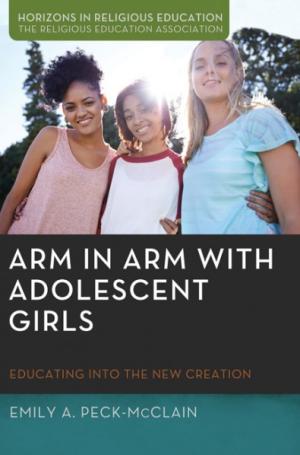
Adolescent girls are filled with passion, excitement, joy, critique, wit, and energy, even as they face and overcome a wide variety of difficult challenges. Some challenges are spirit- and even life-threatening. The stories of more than twenty adolescent girls are put into dialogue with the Apostle Paul, especially in Rom 6–8. Through that perhaps unlikely pairing, those who love and work with adolescent girls will find a depth of understanding and a call to action. Christian educators, pastors, youth workers, parents, and adolescent girls will find a new way to look at the world around them and a new way to bring Scripture to bear on real-life experience. By offering this powerful, scripturally-grounded approach to the world around us, adolescent girls and others will learn compelling methods for putting a new perspective into action in their personal lives, social circles, and churches. This thoughtful and respectful look at the lives of adolescent girls seeks to equip faithful Christians in the church to use their prophetic voices to call out the sins of racism, sexism, homophobia, and sizeism in the experiences of these strong and resilient girls. (From the Publisher.)
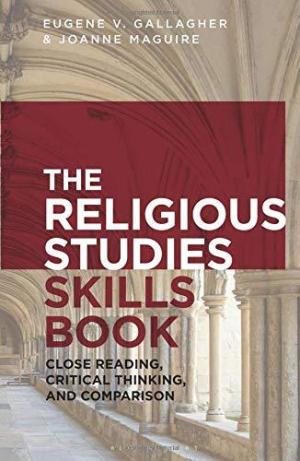
Click Here for Book Review This book supports students engaged in the study of religions by helping them understand key processes particular to the field, including bracketing and comparison, and general humanities skills, like critical thinking and close reading. The authors offer useful examples throughout the book and augment those with further exercises available online. - Molly H. Bassett, Georgia State University Studying religion in college or university? This book shows you how to perform well on your course tests and examinations, write successful papers, and participate meaningfully in class discussions. You'll learn new skills and also enhance existing ones, which you can put into practice with in-text exercises and assignments. Written by two award-winning instructors, this book identifies the close reading of texts, material culture, and religious actions as the fundamental skill for the study of religion at undergraduate level. It shows how critical analytical thinking about religious actions and ideas is founded on careful, patient, yet creative “reading” of religious stories, rituals, objects, and spaces. The book leads you through the description, analysis, and interpretation of examples from multiple historical periods, cultures, and religious traditions, including primary source material such as Matthew 6:9-13 (the Lord's Prayer), the gohonzon scroll of the Japanese new religion Soka Gakkai, and the pilgrimage to Mecca (hajj). It provides you with typical assignments you will encounter in your studies, showing you how you might approach tasks such as reflective, interpretive or summary essays. Further resources, found on the book's website, include bibliographies, and links to useful podcasts. (From the Publisher)
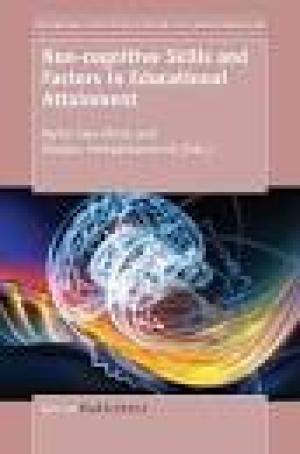
In the field of education, researchers firmly believe that non-cognitive skills and factors are equally or even more important than cognitive aspects in the educative process and for employment potentials. When identifying the personal qualities that are required to function well in the 21st century, the role of non-cognitive factors is often highlighted in the discourse. In recent years, increasing attempts have been made to investigate the role of non-cognitive factors in academic success. The notion of ‘non-cognitive’ has many phraseological collocations. Among frequently used collocations are constructs, traits, skills, abilities, variables, outcomes, attributes, and predictors. In addition, a myriad of other specific skills have been identified as non-cognitive. To name a few: grit, tenacity, curiosity, attitudes, self-concept, self-efficacy, anxiety, coping strategies, motivation, perseverance, confidence are among those frequently referred to in the literature. In some instances, non-cognitive factors are considered multifaceted. Some refer them to soft skills and personal characteristics that fall under the purview of affective domain. This book attempts to define non-cognitive traits, ways to measure them, impact of non-cognitive factors and how they can affect the positive outcomes in academic achievement, influence in employability, and success in social life. The information contained in this book provides knowledge growth and current thinking about non-cognitive factors and educational strategies that can be effectively used to nurture the well-being of individuals. (From the Publisher)
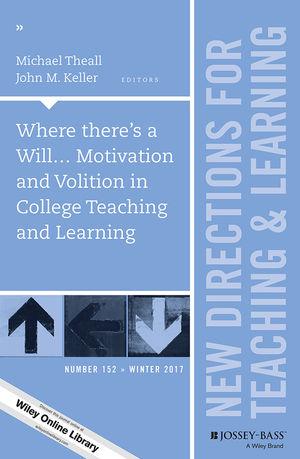
Motivating students – a primary goal of education - is complex, to say the least. This issue focuses on a model for motivation, volition, and performance that acknowledges the importance of volition as action subsequent to motivation: action that leads to improved performance. This “MVP” model provides a framework for considering various teaching and learning topics and can be extended into other areas such as professional development. While models such as MVP are particularly helpful in establishing the relationships among constructs and in explaining theoretical bases, integration and application of such models are equally important. This issue discusses applications of the model and provide concrete ideas for integrating it into ongoing teaching practice. This is the 152nd volume of this Jossey-Bass higher education series. It offers a comprehensive range of ideas and techniques for improving college teaching based on the experience of seasoned instructors and the latest findings of educational and psychological researchers. (From the Publisher)
This edited transcript of a roundtable “fishbowl” conversation at a session of the 2018 national conference of the American Academy of Religion brings three teaching scholars together around a shared reading of Jane Fried's book, Education, Fishbowls, and Rabbit Holes: Rethinking Teaching and Liberal Education for an Interconnected World (Stylus, 2016). Fried's concept of student “self‐authorship” quickly emerges as the dominant theme of the conversation, providing fresh perspectives on the purposes and goals of an academic classroom and the place of the study of religion within the liberal arts curriculum.
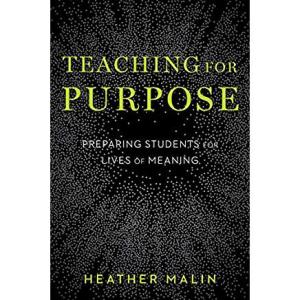
In Teaching for Purpose, Heather Malin explores the idea of purpose as the purpose of education and shows how educators can prepare youth to live intentional, fulfilling lives. The book highlights the important role that purpose—defined as “a future-directed goal that is personally meaningful and aimed at contributing to something larger than the self”—plays in optimal youth development and in motivating students to promote the cognitive and noncognitive skills that teachers want to instill. Based on a decade of research conducted at the Stanford University Center on Adolescence, the book explores how educators and schools can promote purpose through attention to school culture, curriculum, project learning, service learning, and other opportunities. Malin argues for expansive thinking on the direction schools should take, especially in terms of educating students to be creative, innovative, and self-directed critical thinkers. The book includes profiles of six organizations working in schools across the US that have made purpose development a priority. Infused with the engaging voices of purposeful youth, Teaching for Purpose offers a fresh, inspirational guide for educators who are looking for new ways to support students to succeed not only in school, but in life. (From the Publisher)